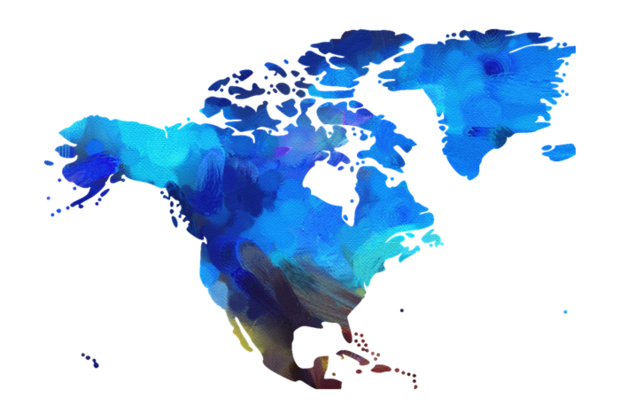New insights into the interannual Warm Arctic, Cold Continents (WACC) pattern over North America
Steep temperature gradients occur across North America. Credit: NOAA
In recent decades, the Northern Hemisphere has featured a “Warm Arctic, Cold Continents” (WACC) pattern, combining the warming and rapid sea ice loss of the Arctic with the frequent occurrence of cold, harsh winters over Eurasia and central North America. A new study, funded in part by NOAA Climate Program Office’s Climate Variability and Predictability (CVP) program, investigates the drivers of interannual, or year-to-year, variability in the WACC. The research, published in the Journal of Climate, focuses on the WACC pattern over the North American region, as opposed to the Eurasian content, which has been the focus of most WACC studies.
Determining which key processes are responsible for the formation of and variations in the WACC pattern is complex and challenging. Previous research shows that sea ice loss, warming Arctic surface air temperature, and tropical sea surface temperatures may all play a role, along with the WACC’s own internal atmospheric processes. This study quantitatively characterizes the relative importance of the different key drivers of the WACC interannual variability over the North American region using both observations and multi-model simulations.
Read more at the link below.
